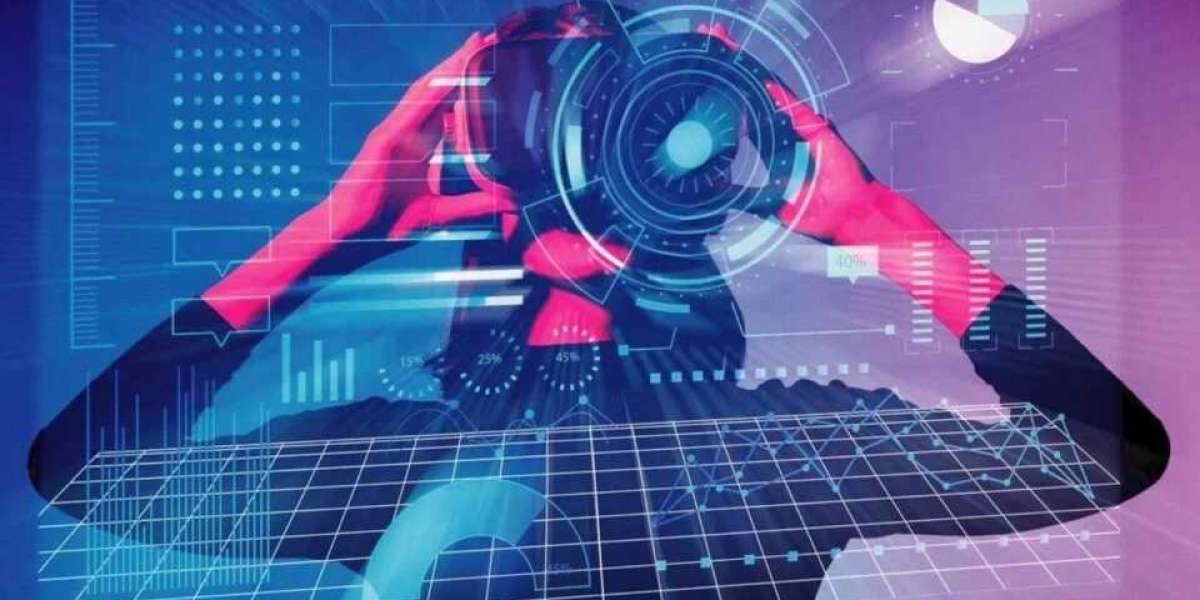In the last few years, artificial intelligence for IT operations (AIOps) and observability have been hot topics in the IT operations sector. Organizations are looking for improvements in development and operation processes as these technologies have become more accessible, with various benefits and challenges. With the power of artificial intelligence (AI), machine learning (ML), and natural language processing, IT professionals such as engineers, DevOps, SRE (Site Reliability Engineering) teams, and CIOs can detect and resolve incidents, drive operations, and optimize system performance.
Today, we will understand how AIOps and observability have benefited most enterprises and why they are important for your business.
The Challenges and Solutions of Observability and AIOps
AIOps and observability have been critical tools in modern IT operations that have changed the traditional way of managing data. However, IT professionals need help with certain challenges and limitations that can bottleneck the use of these tools properly. Let’s explore some key challenges and their solutions:
Complexity of Implementation
Implementing observability and AIOps involves a lot of complexity, as these technologies require investment in infrastructure and expertise to implement and maintain. Moreover, a shift in mindset from traditional IT operations, where monitoring and responding to issues are done manually, is also crucial.
Solution: The only way to overcome these challenges is by investing in proper training and infrastructure that supports AIOps and observability, along with continuous organizational improvement and learning. The IT teams should also embrace new technologies and methods to stay updated and competitive in the AI industry.
AIOps’s Limitation
Even though AIOps is a powerful tool, it has certain limitations as it can partially replace human expertise. On the other hand, ML can recognize trends and patterns, but it struggles with the underlying cause of an issue.
Solution: To solve these complex issues, human expertise is still needed, as small organizations may not require the complexity of AIOps. The IT teams have to intervene to identify patterns and trends with the help of the ML algorithm.
Organizations today are under pressure to keep their IT solutions and infrastructure up and running with minimal downtime. While it is a tough job and has become harder to achieve with modern architecture, AIOPs and observability coming together can help your company enjoy cost-effective solutions to data and IT issues.
To Know More, Read Full Article @ https://ai-techpark.com/observability-and-aiops/
Read Related Articles:







